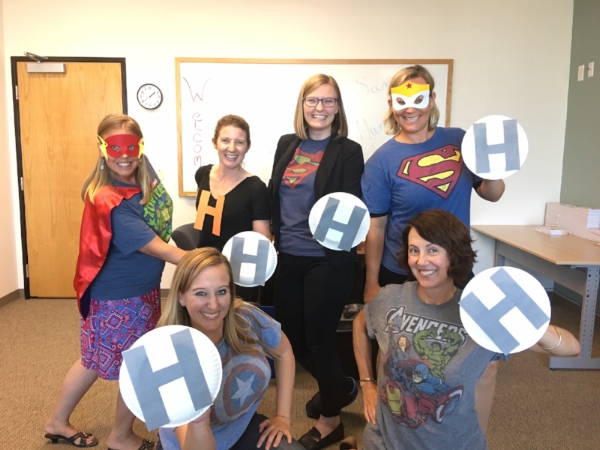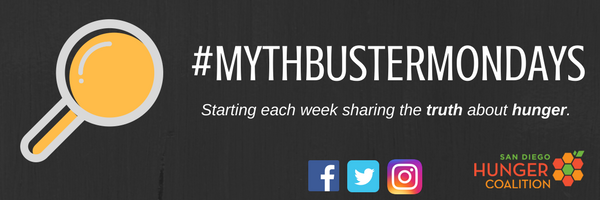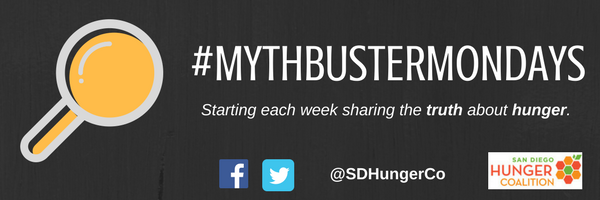Expanding Breakfast After the Bell in San Diego County
/You’ve probably heard the saying, “breakfast is the most important meal of the day.” Whether you agree with this or disregard it as a mere cliché, studies show that this is a phrase we shouldn’t be ignoring. However, the harsh reality is that in San Diego County, 1 in 5 children don’t always have enough to eat. While the traditional School Breakfast Program is offered on many campuses and aims to address hunger and support student achievement, it has limited reach. Serving breakfast before the start of the school day leads to missed opportunities for students who cannot arrive early. Breakfast After the Bell is an innovative program designed to more effectively reach children by incorporating the benefits of a nutritious breakfast into their daily school routine.
San Diego Hunger Coalition has played a vital role in helping to implement and expand the following proven-effective Breakfast After the Bell models. We do so by working with school districts and nonprofits to provide technical assistance, share best practices, review eligible schools, conduct financial analyses, and support grant writing for equipment and other meal resources.
Within the last year, there has been a notable expansion of Breakfast After the Bell, particularly in the San Diego Unified School District. K-12 eligible schools (those participating in the National School Lunch Program) now serve Breakfast in the Classroom, Grab n’ Go and Nutrition Break, an allotted time after first period where breakfast is served from carts in the hallway or other high foot traffic areas of the campus. Following San Diego Unified’s lead, BIC is now also served at eligible elementary schools in Cajon Valley, as well as Felicita Elementary in the Escondido Union School District.
Statistics gathered from Millenial, Montgomery, Roosevelt, Wilson, Bell & CPMA Middle Schools.
Evidence shows that eating breakfast is healthy, especially for growing bodies. Research has proven that access to nutrition, particular breakfast, can enhance a student’s psychosocial well-being, reduce aggression and school suspensions, and decrease discipline problems (Brown et al., 2008). Marcie Beth Schneider, a member of the AAP’s Committee on Nutrition and an adolescent medicine physician, explained how eating breakfast directly affects school performance: “Study after study shows that kids who eat breakfast function better. They do better in school and have better concentration and more energy.”
This increase in School Breakfast Program participation is an encouraging start, but there is still much to be done in the fight against child hunger. You can find out how San Diego County school districts are doing to implement Breakfast After the Bell in our Hunger Free Kids Report School District Profiles.
Join our efforts to ensure that all children have year-round access to healthy food. To get involved and find out how to become a champion for youth meals, visit the Hunger Free Kids Task Force webpage or contact our Hunger Free Kids Program Director Robin McNulty at Robin@sdhunger.org for more information.













